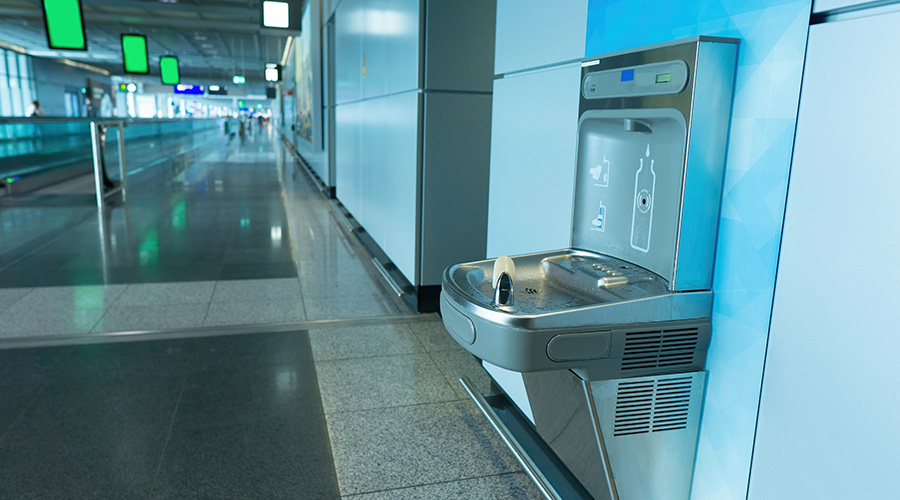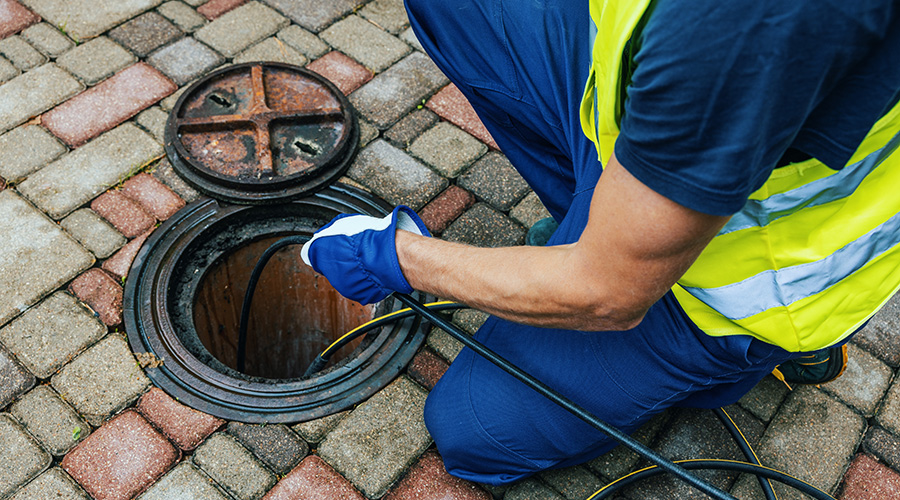Plumbing: Key Considerations for High-Efficiency Toilets
The process of improving the efficiency of plumbing systems in institutional and commercial facilities often starts with understanding existing fixtures in these buildings. Once maintenance and engineering managers perform a water audit or a less formal fixture inventory, they can use the results to make smarter decisions on the most appropriate technologies to specify when upgrading their facilities' plumbing systems.
Managers first should understand the organization's sustainability goals related to plumbing systems and water use. Some facility executives only want code-minimum facilities. Others want to strive for certification under the Leadership in Energy and Environmental Design (LEED) rating system. Still others move aggressively beyond LEED and want as many water-efficient fixtures as possible in their facilities.
An array of plumbing fixtures can help managers deliver restrooms that perform the balancing act between maintainability and sustainability.
Toilet Selection
With new construction and major renovation projects, the standard fixture managers specify is 1.6 gallons per flush (gpf), an improvement over fixtures installed before 1991, which could use 3-5 gpf. But to achieve LEED credits, managers must specify more efficient fixtures using 1.28 gpf or less.
Manufacturers offer a variety of functional, high-efficiency toilets that use 1.28 gpf. But as with any product, exceptions can give the technology a bad name. When possible, managers should specify fixtures that have the WaterSense label from the U.S. Environmental Protection Agency (EPA). The label ensures fixtures have undergone third-party testing and comply with requirements for effective flush volume and solid-waste removal.
Another consideration is the drain-line carry, which refers to the distance solids flow downstream from a water closet after flushing in a drainpipe. This situation can be a concern with a fixture that uses less than 1.6 gpf and is installed at the end of a long, horizontal waste pipe. Some fixtures might not move the solids far enough down the pipe, which could cause blockages.
Related Topics:















